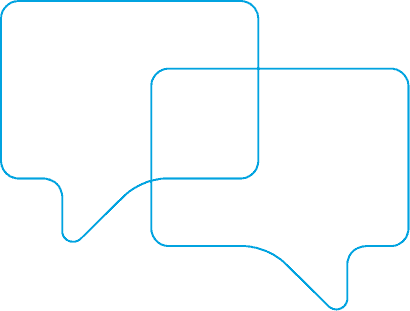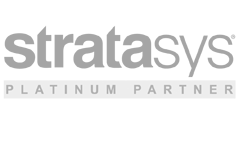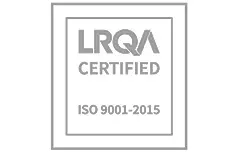
BAE Systems to 3D print 30% of new fighter jet parts
BAE Systems intends to produce 30% of the parts for its forthcoming Tempest fighter jet using additive manufacturing, according to TCT Magazine.
Citing reports in the Financial Times, TCT Magazine says that “the aerospace and defence company has put existing suppliers in the UK on notice of a ‘radical change’ in the way it designs and builds aircraft. In addition to around one-third of parts being 3D printed, BAE Systems is also aiming for half of the Tempest to be put together by robots on the UK defence group’s assembly line.”
To do this, BAE Systems is reported to be opening a new ‘smart factory’ in Lancashire to support the build. TCT says it is a “first-of-its-kind, and will house automated robots and virtual and augmented reality technology to support the production of next-generation combat aircraft systems like Tempest.”
BAE Systems’ Group Chief Executive Officer, Dr Charles Woodburn, is quoted in the FT as saying: “To stay at the forefront of this strategically important industry, we have to radically change the way we design and build combat air systems.”
TCT says that BAE Systems is hoping to cut the cost and time of Tempest’s production by up to half. The production time of one large component located in the rear fuselage is reported to have been reduced from two years to two months, thanks to 3D printing technology.
Switch to additive manufacturing
Mark Tyrtania, Sales Director at Laser Lines says: “There has never been a better time to make the switch to additive manufacturing. With the need to find time and money efficiencies more pressing than ever thanks to COVID-19, many companies are talking to us now about how our range of innovative solutions can give them a competitive edge.
“BAE Systems has been a happy customer of ours since 2006, and we recently installed its fourth Stratasys F900 in its Samlesbury manufacturing site. BAE Systems tells us that these machines have made significant cost and lead time reductions for the manufacture of its production tools. It has found that 3D printing has reduced the up-front costs of tooling for new products, especially items such as repair tools and drill tools, which are often needed in small numbers.
To see BAE Systems undertake to 3D print 30% of parts for its new fighter jet is a real demonstration of its commitment to the technology, and we are very happy to see it publicly embrace the benefits of 3D printing.”
Give us a call on 01295 672599 or email [email protected] to find out how you can benefit from the same efficiencies that BAE Systems has experienced.








